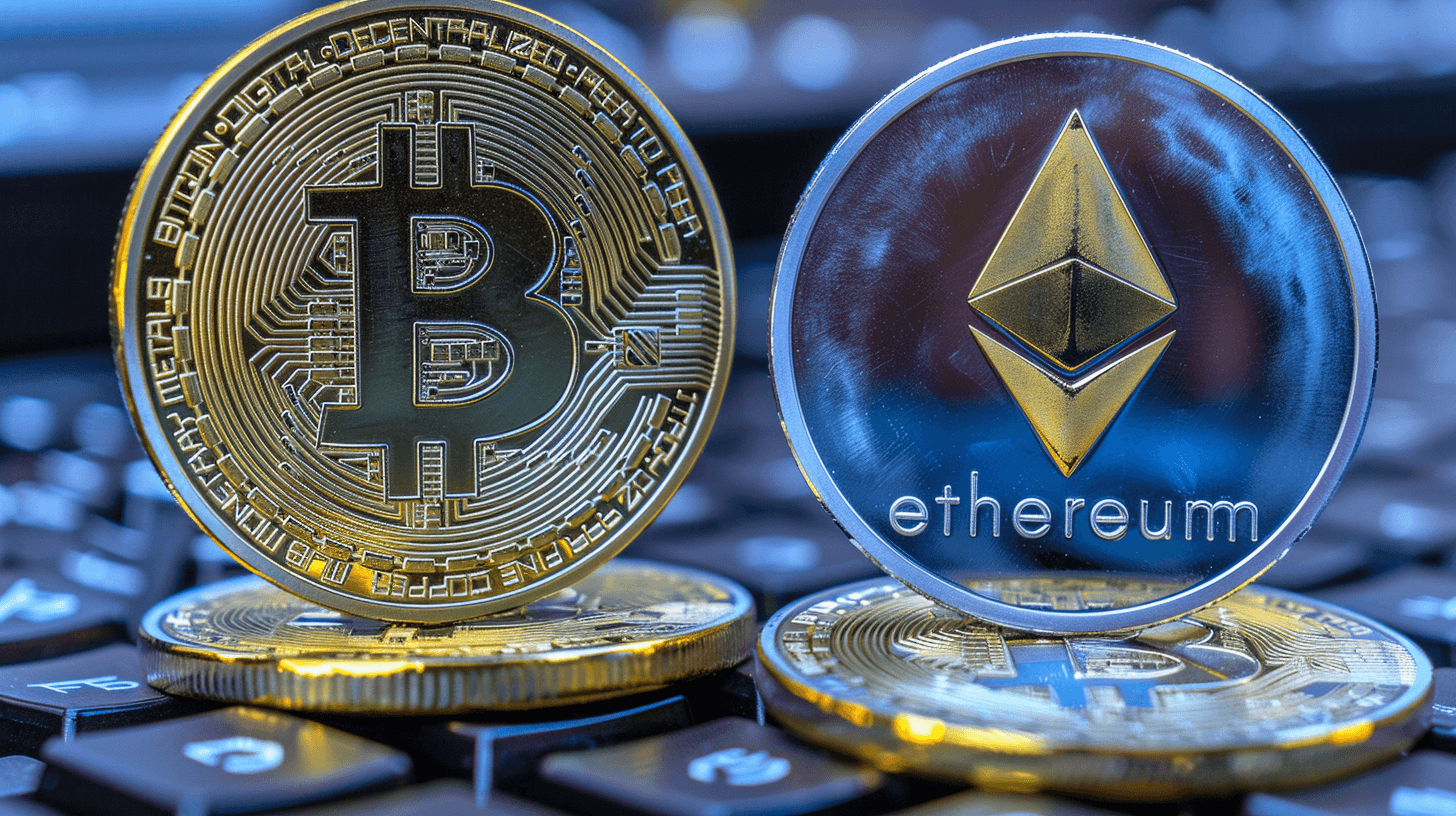Stablecoin Growth Could Lower Rates And Alter Fed Policy Over Time
TLDR
- Fed’s Miran projects stablecoin demand could reach $3 trillion by 2030
- Stablecoin growth may lower interest rates by boosting loanable funds
- Most stablecoins are backed by US debt, increasing Treasury demand
- Rising stablecoin use may shift capital from banks and tighten credit
Stablecoins are no longer just part of the cryptocurrency world. According to Federal Reserve Governor Stephen Miran, they are now entering mainstream economic discussions. With demand projected to reach up to $3 trillion in five years, stablecoins could begin to reshape how interest rates are set and how global finance operates. Their rising role may soon influence central banks, capital markets, and long-term monetary policy strategies.
Fed Governor Warns of Policy Shift as Stablecoin Demand Grows
Federal Reserve Governor Stephen Miran recently stated that the rising demand for stablecoins could become a key force in shaping U.S. monetary policy. Speaking at an economic policy event, Miran estimated that demand could grow to between $1 trillion and $3 trillion by 2030.
He noted that this growth might push down long-term interest rates by increasing the supply of loanable funds. Stablecoin issuers are required to hold safe, liquid U.S. assets like Treasury bills. As a result, increased demand for stablecoins also boosts demand for U.S. debt, which puts downward pressure on yields.
Miran said, “The expansion of stablecoins backed by Treasuries could reduce the neutral rate and challenge the Fed’s current policy stance.” The neutral rate is the interest rate that supports economic growth without causing inflation.
Stablecoins and Interest Rates: A Structural Shift?
According to Miran, this is not a temporary effect. If digital dollar assets continue to grow, their influence on the financial system could become long-lasting. The more stablecoins are used and held, the more funds are parked in safe government-backed assets, which increases available capital for lending.
This increased pool of funds could result in lower borrowing costs over time. That would affect not only U.S. rates but also how central banks manage inflation and growth. A lower neutral rate would require the Federal Reserve to adjust its policy tools, including its benchmark interest rate, to maintain economic balance.
He added that this shift could force the central bank to reconsider how it manages the economy in a digital-first environment. As the financial system evolves, monetary tools may need to be adapted to match new patterns in capital flows and asset demand.
Global Effects and Liquidity Patterns
Miran pointed out that rising global demand for dollar-backed stablecoins could affect global liquidity. As more international investors turn to stablecoins, especially those pegged to the U.S. dollar, the demand for U.S. government debt may rise further. This could lead to more dollar-based capital moving across borders.
That shift could put pressure on other central banks. If more countries hold dollar assets, local currencies may weaken, and domestic monetary tools may lose effectiveness. In this way, stablecoins could increase the dollar’s role in global finance, while making it harder for smaller economies to control inflation and manage growth.
This growing dollarization could create uneven conditions in global markets. Countries with less-developed financial systems may face challenges if stablecoins gain strong local adoption and divert savings from banks to digital assets.
Banking Sector and Financial Stability Concerns
Miran also raised concerns about how capital flows may shift between banks and stablecoins. As people move funds into stablecoins, banks could face deposit outflows, reducing their capacity to lend. This may lead to tighter credit conditions and affect how banks operate.
Stablecoin growth could also change how money moves within the financial system. Digital assets are transferred faster and more efficiently than traditional money, which could alter how monetary policy spreads through the economy.
The U.S. financial system may need new tools to monitor and manage these changes. While stablecoins offer speed and efficiency, they also create new risks that need oversight. How regulators, investors, and markets respond will shape how the system adjusts in the coming years.
The post Stablecoin Growth Could Lower Rates And Alter Fed Policy Over Time appeared first on CoinCentral.
You May Also Like

Exploring the Potential of Mutuum Finance (MUTM) in the DeFi Landscape
